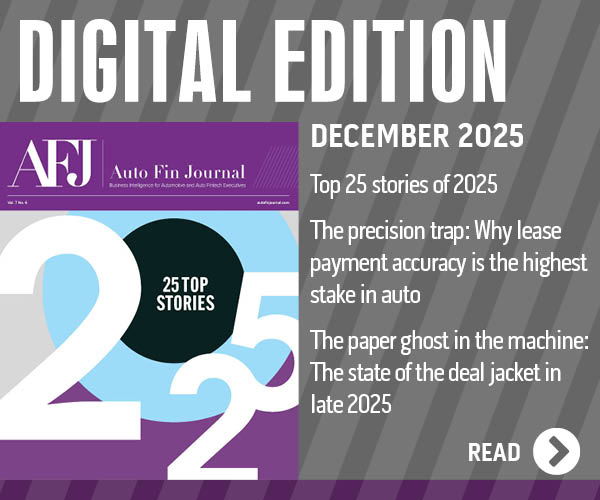TransUnion offers additional insight about credit union members

By subscribing, you agree to receive communications from Auto Remarketing and our partners in accordance with our Privacy Policy. We may share your information with select partners and sponsors who may contact you about their products and services. You may unsubscribe at any time.
Here are more insights about how credit unions members are doing financially nowadays.
The Q2 Credit Union Market Perspectives Report from TransUnion showed that stubbornly high inflation continues to put pressure on the monthly budgets of consumers, credit union members among them.
Experts said this situation has led to increasing reliance on credit cards and personal loans as borrowers seek ways to make ends meet.
“Credit union members are facing many of the same inflation-driven economic challenges as the overarching market,” said Sean Flynn, senior director of community financial institutions at TransUnion. “As a result, credit unions are seeing increased balances across the board when looking at credit cards, auto loans, mortgages, HELOCs and personal loans. HELOCs and personal loans are seeing particularly high balance growth, up more than 39% and nearly 26% respectively year-over-year (YoY).”
Credit Unions Are Seeing Higher Total Balances YoY
| Product | Total Balance Growth (% YoY) | Origination Growth (% YoY) |
| Bankcard | 18% | -1% |
| Auto Loans | 21% | 0.5% |
| Mortgages | 12% | -33% |
| HELOCs | 39% | 13% |
| Personal Loan | 26% | 12% |
Source: TransUnion
Subscribe to Auto Remarketing to stay informed and stay ahead.
By subscribing, you agree to receive communications from Auto Remarketing and our partners in accordance with our Privacy Policy. We may share your information with select partners and sponsors who may contact you about their products and services. You may unsubscribe at any time.
While balances have increased among each of the aforementioned product lines, TransUnion pointed out it’s more of a mixed bag when it comes to originations.
Originations from Q4 2022, the most recent quarter available for origination data, were generally flat for bankcard and auto financing, while they were down 33% year-over-year for mortgages.
TransUnion said HELOCs and personal loans, on the other hand, generated year-over-year increases at credit unions.
In fact, analysts determined the 13% year-over-year growth in HELOC originations indicates that, in the face of increasingly high interest rates, credit union members are electing to tap into their home equity to help pay down higher interest debt.
Similarly, TransUnion noted that many credit union members likely sought personal loans — which rose 12% year-over-year — to consolidate higher interest debt.
“Credit unions appear to be really focused on serving member needs wherever they can,” Flynn said. “While auto loan and bankcard originations were down for the whole industry in Q4 2022, among credit unions they remained relatively flat.
“Additionally, credit unions continue to remain a lower-rate alternative when it comes to personal loans, growing those originations by 12% at a time when other lenders saw significantly less growth,” Flynn added.
As interest rates and prices continue to rise, TransUnion said fewer consumers are making payments above and beyond their minimum monthly payments.
Analysts emphasized this trend bears careful attention as recent TransUnion research has shown that excess payments above minimum balances due have proven effective as proxy measures to consumer liquidity, typically dropping significantly anywhere from six to 12 months prior to a serious delinquency event.
TransUnion added that serious delinquency rates remained generally stable among credit unions quarter-over-quarter, with 60-day delinquency rates coming in at 0.79% in Q1 2023, seasonally down from 0.83% in Q4 2022.
Analysts said 60-day delinquency was up year-over-year from 0.50% in Q1 2022.


